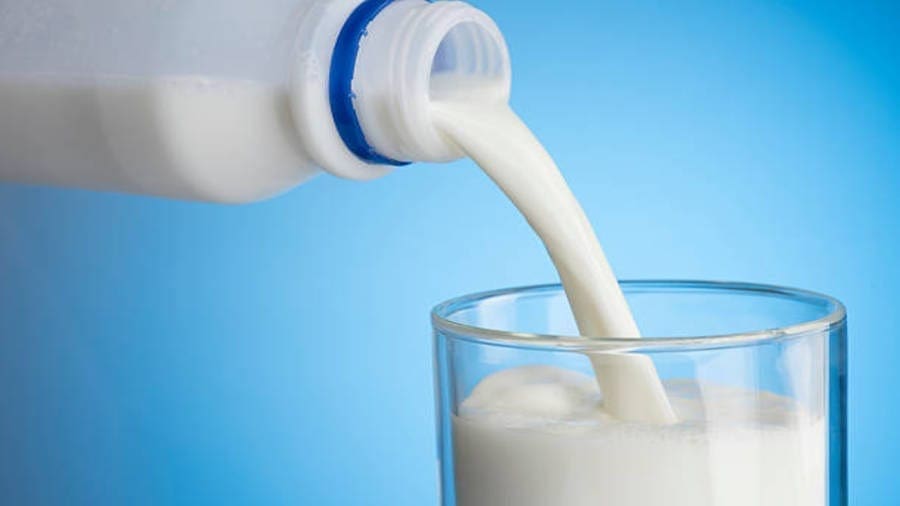ZIMBABWE – Zimbabwe’s dairy sector has recorded improved performance on the back of increased milk output in the last quarter of 2018 – which grew 18 percent to 21 million litres from 17.8 million litres produced during the previous year.
According to statistics provided by the Reserve Bank of Zimbabwe (RBZ), the growth was majorly driven by a cocktail of measures introduced by Government and private players to boost dairy production in the country, reports The Herald.
“Milk output from the formal sector increased by 7 percent to 21 million litres in the fourth quarter of 2018. This was also 18 percent higher than the 17.8 million litres produced during the corresponding period in 2017.
“This largely reflected continued efforts by Government and producers to improve the dairy herd,” RBZ said.
Additionally, RBZ said that the growth was also supported by Zimbabwe Association of Dairy Farmers (ZADF) Strategic Plan (2018 to 2022), which aims to raise production levels to 130 million litres per annum by 2022.
The statistics reveal that fresh milk output surged by 13.6 percent in 2018, compared to the 2017 output levels.
Challenges & Interventions
For more than a decade, Zimbabwe has been unable to meet its local milk demand compelling the country to turn into imports, which are mainly sourced from South Africa.
Dairy experts estimate that the country is spending more than US$7 million per month to import powdered milk and butter as raw milk producers continue failing to meet demand owing to a myriad of challenges
The major impediments to the full recovery of the dairy industry in the country have been cited to include: high production costs such as electricity, labour, stock feeds and agro inputs as well as a depleted national dairy herd.
To mitigate this, the government has launched the National Command Dairy Programme, which is aimed at revitalisating the sector which avails heifers to farmers who have the capacity to partake in dairy farming.
In addition, Perrance Shiri, Minister for Agriculture revealed that Belarus is also set to establish a state-of-the-art dairy facility in Zimbabwe to improve national milk production.
According to him, a delegation from Belarus recently visited the country on a feasibility study.
The country used to produce about 260 million litres of milk in the early 1990s, but the figure has dropped to about 70 million litres against a national demand of 120 million litres.










